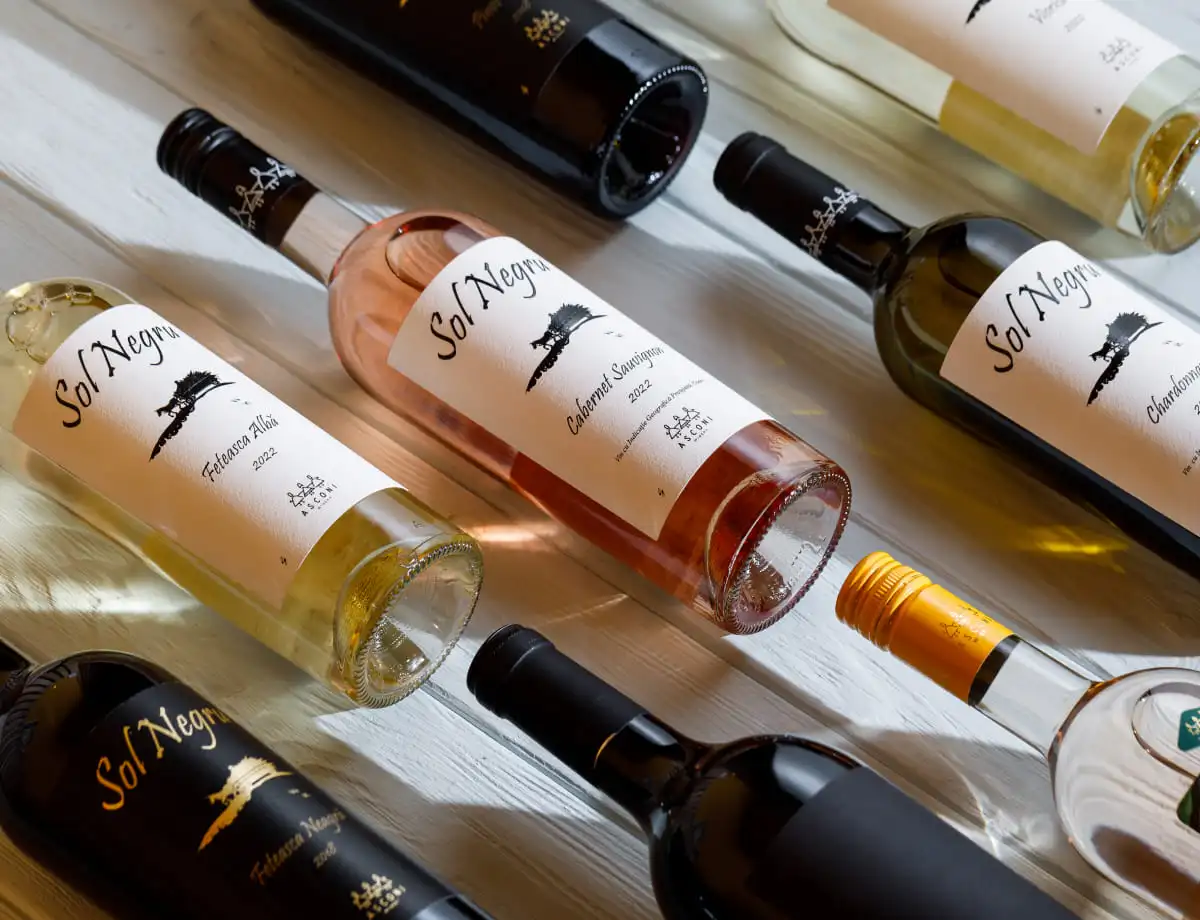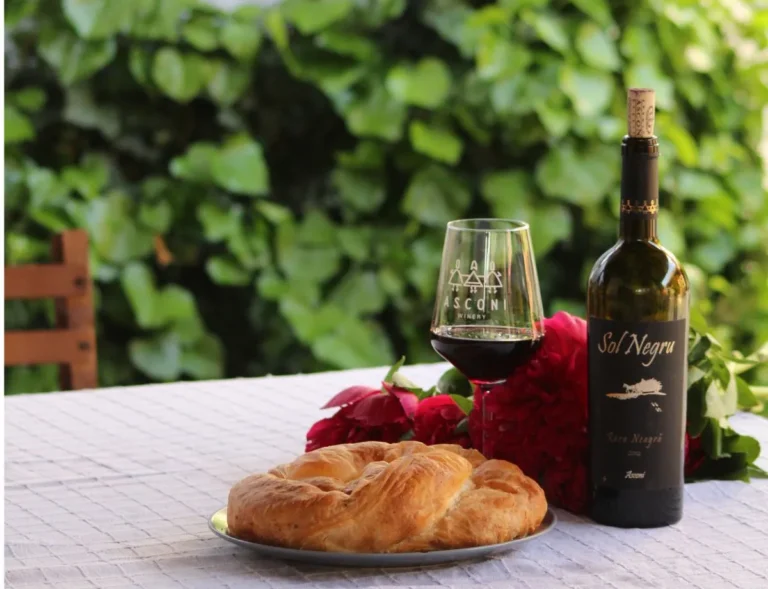How Many Glasses Are in a Standard Bottle of Wine?
Standard Bottle Size (750 ml)
The most common wine bottle size is 750 millilitres. This standard size is popular because it’s easy to carry, pour, and store. It fits well in wine racks and cellars. Plus, it helps keep the wine’s flavours intact, so each pour tastes great.
Standard Glass Pour (150 ml)
When pouring wine, the standard serving size is 150 ml per glass. This amount helps you enjoy the wine’s aromas and flavours. A 750 ml bottle usually fills about five glasses with a standard pour. Knowing this is helpful for planning gatherings, as it helps you estimate how many bottles you’ll need for your guests. Remember, good servers often pour between 120-150 ml so guests can appreciate the wine as it breathes.
🍷 Looking for the perfect bottle to pour five glasses from? Explore our dry white wine collection and enjoy crisp classics like Chardonnay and Sauvignon Blanc.
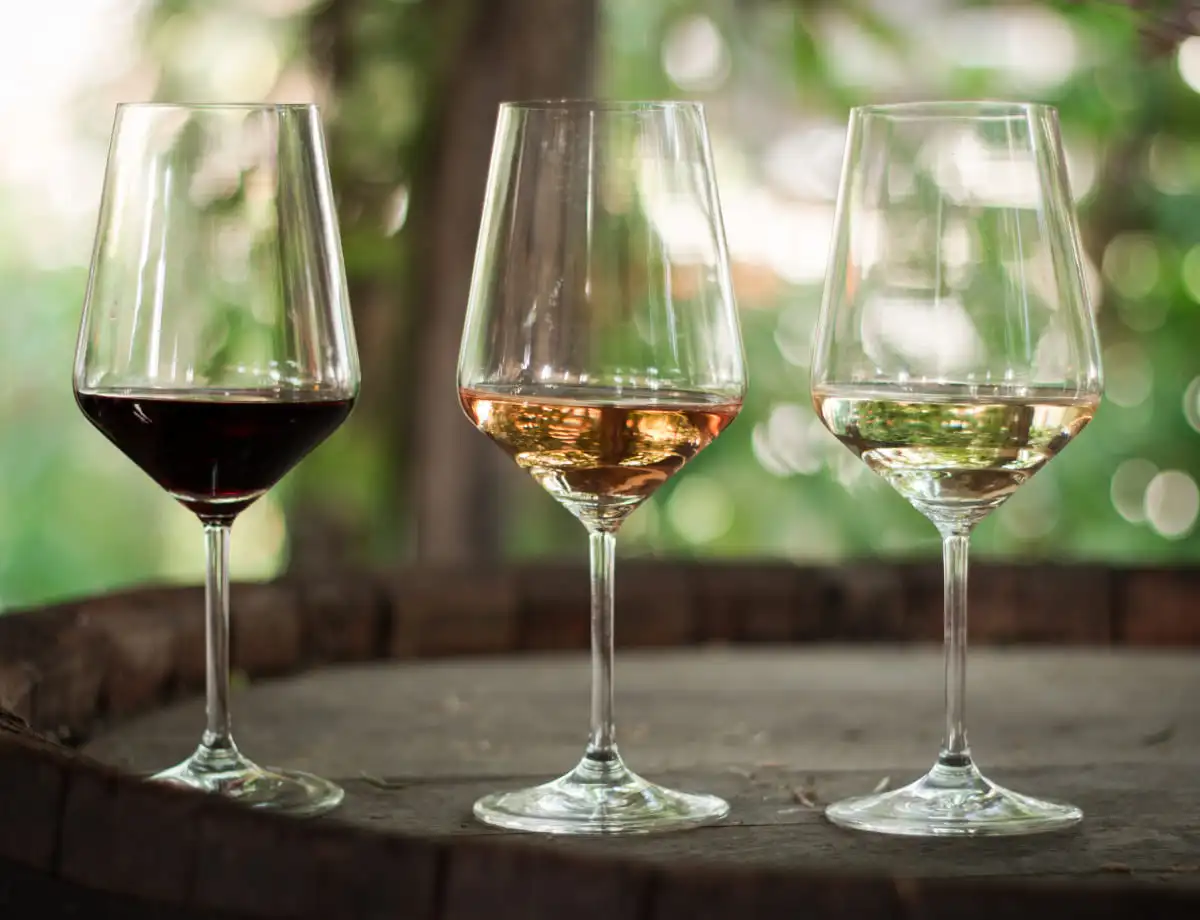
How Many Glasses Are in Fortified Wines? (Port, Sherry, etc.)
Fortified Wine Bottle Size
Fortified wines like Port and Sherry add a fun twist to regular wine. Usually available in 750 ml or 500 ml bottles, they have higher alcohol content, so you need smaller servings and different ways to enjoy them. Because they are richer and stronger, it’s important to serve them in smaller portions.
Fortified Wine Pour Size (60-90 ml)
Fortified wines have a higher alcohol content, so they are typically served in smaller sizes than table wines. A usual serving is between 60 and 90 ml, helping drinkers enjoy the rich flavours without being overwhelmed. From a 750 ml bottle, you can pour about eight to twelve glasses. This smaller size fits the tradition of enjoying fortified wines as an appetiser or dessert, making the dining experience even better.
Glass Count for Different Wine Bottle Sizes
Magnum (1.5 L) and Jeroboam (3 L) Bottles
If you want to enhance your wine experience, larger bottle sizes like Magnum and Jeroboam are great choices. A Magnum holds 1.5 litres, which is like two regular bottles, and serves about ten glasses. A Jeroboam, with 3 litres, is double the size of a Magnum and offers around twenty glasses. These bigger bottles not only look impressive but also allow for more enjoyment and sharing with friends.
Half Bottles and Mini Bottles
On the other hand, half and mini bottles are great for those who want smaller amounts or single servings. A half bottle holds 375 ml and gives about two and a half glasses, perfect for cosy gatherings or solo sips. Mini bottles, usually found in tastings, are 187.5 ml and offer one glass, making it easy to try different wines without buying a full bottle. These smaller sizes show how flexible wine drinking can be, fitting different tastes and occasions.
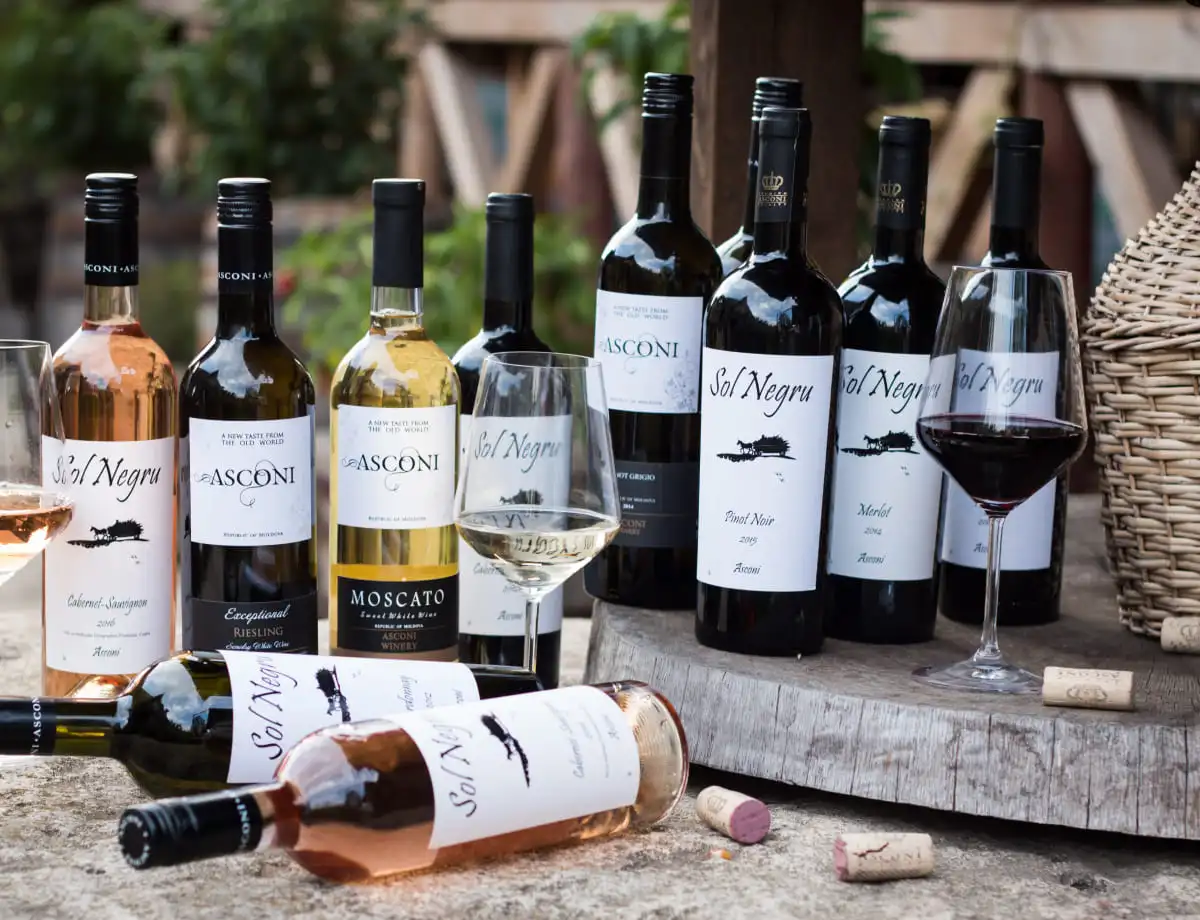
How Alcohol by Volume (ABV) Affects Glass Count
ABV in Different Wine Types (e.g., Red, White, Sparkling, Rosé)
The alcohol by volume (ABV) of wine is important for deciding how much to pour. Red wines like Cabernet Sauvignon and Syrah usually have higher ABV, so they need smaller pours to keep things balanced. Sparkling wines have lower ABV and can be served a bit more. Knowing the ABV of the wine you’re serving helps you pour correctly, leading to a better experience.
Calculating Drinks by ABV
Knowing how to calculate drinks based on ABV is an important skill for responsible hosts. By dividing the bottle’s total volume by the pour size and considering the ABV, you can figure out how many servings each bottle gives. This approach helps ensure a safe and fun gathering, allowing guests to enjoy the wine while staying moderate. With this knowledge, you can plan your wine service confidently and create a great experience for everyone.
Pouring Wine for Events How Much Do You Need?
Estimating Wine Consumption Per Person
Think about the number of guests, their tastes, and how long the event will last. A good rule of thumb is one bottle per guest for a dinner party, while larger events may need more. Considering these factors will help you have enough wine for everyone, keeping your guests happy.
Factors to Consider (Food Pairing, Event Duration)
Having food can change how quickly people drink, with heavier meals usually leading to more wine being consumed. The length of the event is also key—longer gatherings might need more wine to keep things flowing. By thinking about these factors, you can adjust your wine selections to suit your event and ensure everyone has a great time.
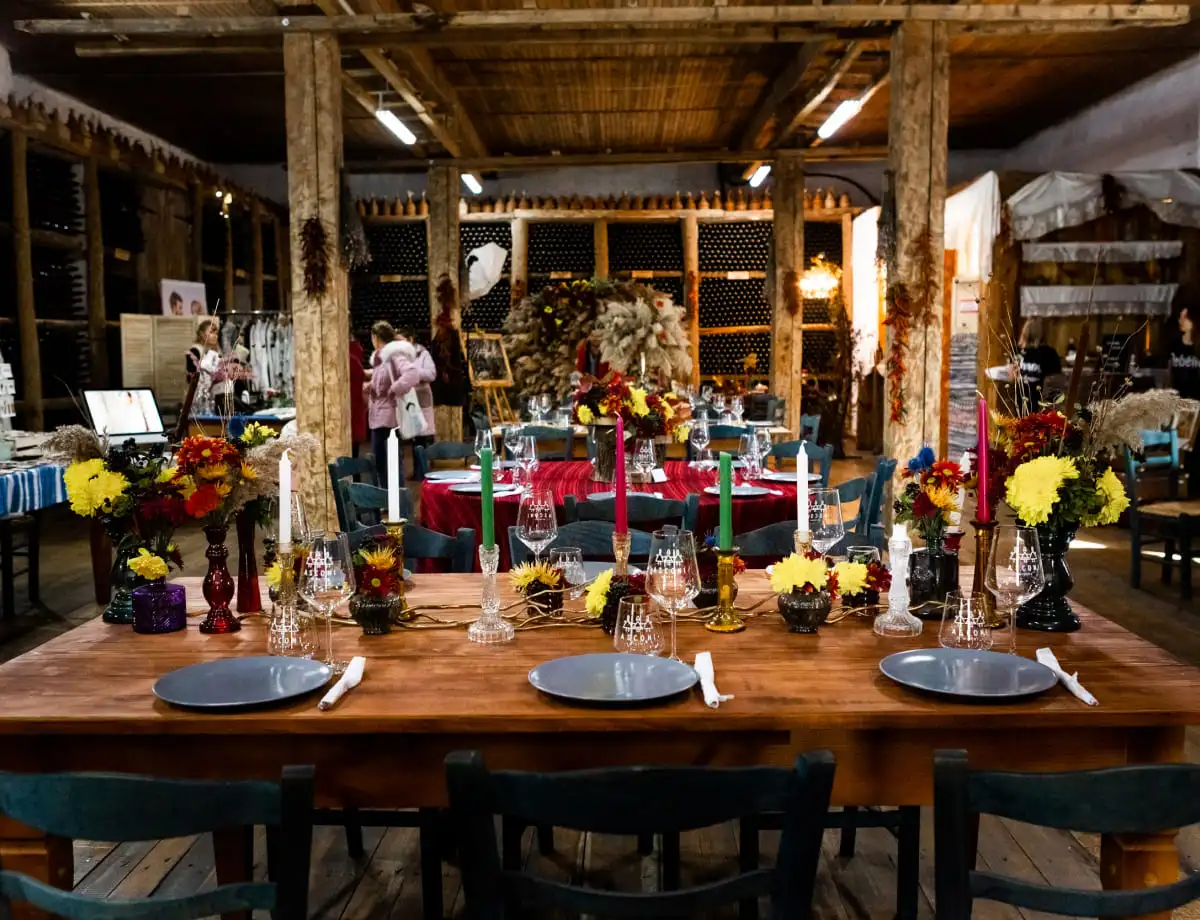
Wine Glass Sizes and Their Impact on Serving
Standard vs Large Wine Glasses
Choosing between standard and large wine glasses can really affect how you enjoy your wine. Standard glasses are great for controlled pours and focused tasting because of their smaller size. Large glasses, however, give more room for the wine to breathe and develop interesting aromas. No matter which glass you use, it’s important to pour a consistent amount to make sure your tasting experience is accurate and enjoyable.
Does a Bigger Glass Mean More Wine?
Many people think that bigger glasses should be filled more, but that’s not true. The amount poured should be the same, no matter the glass size, to keep things balanced. Filling a larger glass to the same level as a regular one helps with aeration and aroma without affecting the wine’s quality. Knowing this makes for better wine service and improves the experience for your guests.
Personal Story
As a wine lover who enjoys hosting, I’ve had many experiences with different wines. One time, I organised a wine tasting with friends, featuring a mix of wines like Pinot Noir, Sauvignon Blanc, and an interesting Orange Wine, along with dessert wines like Port. It was a fun way for everyone to try different bottles, from the usual 750 ml to the impressive Double Magnum Bottle.
We started with the white wines, enjoying the fresh flavours of Sauvignon Blanc. I poured from a Split Bottle, carefully measuring each five-ounce pour to keep it within safe drinking limits. Then we moved on to reds, where I explained the differences between regular red wine glasses and the smaller ones used for dessert wines like Port. Pouring an 8-ounce Pinot Noir glass of wine let its rich flavours shine.
A memorable moment was sharing that a five-ounce pour is the standard in the United States, balancing enjoyment and responsible drinking. As we finished the bottles, I noticed some leftover wine. Instead of wasting it, we talked about how to preserve its taste for later. Using tips from wine enthusiasts, we decanted the wine into smaller containers to reduce oxidation, keeping those flavours alive for future gatherings.

Your Wine Questions Answered
A standard 750 ml bottle of wine usually has about five glasses if poured at 150 ml each. If you pour a bit more at 187.5 ml, the bottle will serve four glasses.
